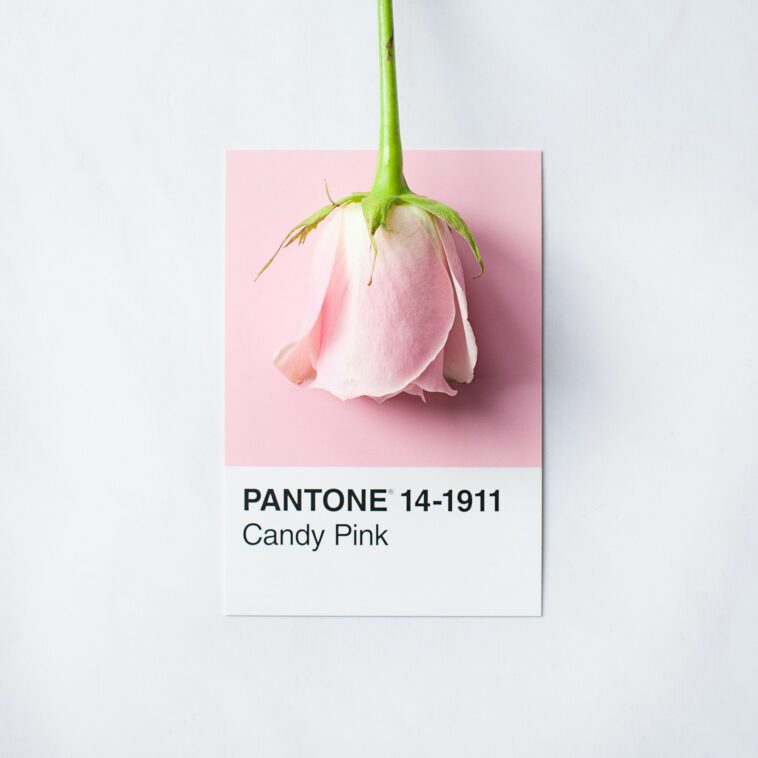Pantone LLC, a well-known American company based in Carlstadt, New Jersey, has made a significant mark in various industries with its Pantone Matching System (PMS). This proprietary color space is a staple in graphic design, fashion, product design, printing, and manufacturing. It plays a crucial role in managing colors from the design stage to production, across different mediums like coated and uncoated materials, cotton, polyester, nylon, and plastics.
The company’s journey began in the 1950s in New Jersey as M & J Levine Advertising, a commercial printing company run by brothers Mervin and Jesse Levine. In 1956, Lawrence Herbert, a recent Hofstra University graduate, joined the company. Herbert, with his chemistry background, revamped the company’s approach to pigments and colored inks. By 1962, he had turned the ink and printing division profitable, in stark contrast to the commercial-display division’s debt. He bought the technological assets from the Levine brothers for $50,000 and renamed them “Pantone”.
Pantone’s signature product is the Pantone Guides. These guides are essentially a collection of small cardboard or plastic sheets, each displaying a range of color swatches, bound into a compact fan deck. The Pantone Color Matching System ensures that colors remain consistent across various production processes and equipment, making it an industry standard for graphic designers and printing houses.
In 2007, Pantone was acquired by X-Rite, a color measurement instruments and software supplier, for $180 million. X-Rite itself was later acquired by Danaher Corporation in 2012. As of September 2023, Danaher spun off its Environmental and Applied Solutions segment, forming Veralto Corporation.
Pantone’s history with Adobe is notable. In 2022, a dispute led to the removal of Pantone colors from Adobe software, leading to the replacement of these colors with black in digital documents. This move was met with criticism from artists who felt like their work was being held hostage, prompting a response from UK artist Stuart Semple who released FREETONE, a freeware alternative.
The Pantone system has expanded over time, with around 2161 colors as of 2019. It includes a wide range of colors, including special colors like metallics, fluorescents, and pastels. The system is not limited to CMYK colors; it uses a broader range of pigments, making some colors impossible to replicate with CMYK. Pantone’s color descriptions, such as “PMS 130”, are commonly used in branding and even in government and military standards.
Pantone introduced the Goe System in 2007, which was a more streamlined system using fewer base colors. However, this system was discontinued in 2013, with some of its elements being integrated into the PMS.
Besides color guides, Pantone has ventured into other products. They partnered with Fine Paints of Europe in 2006 to launch a line of interior and exterior paints. They have also collaborated with Redland London for a collection of bags and produced Hexachrome, a six-color printing system.
A fascinating aspect of Pantone is their Color of the Year selection. Since 2000, they have been choosing a color that reflects the current cultural climate. This selection process involves a secret meeting of representatives from various nations’ color standards groups, and the results influence product designs and trends in multiple industries.
Pantone’s influence is also evident in its intellectual property claims. They assert that their color numbers and pigment values are their intellectual property, which has led to discussions about the legality of using Pantone colors in open-source and low-cost software.
In summary, Pantone LLC has a rich history and significant influence in various industries due to its comprehensive color matching system and innovative products. Their approach to color standardization and trends has made them a key player in design and production worldwide.





